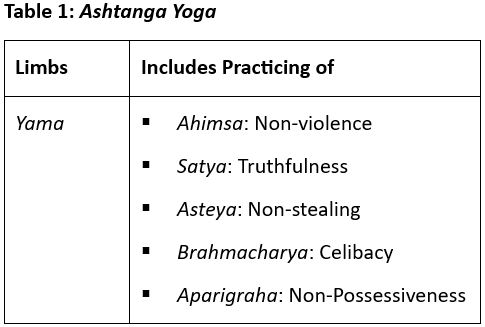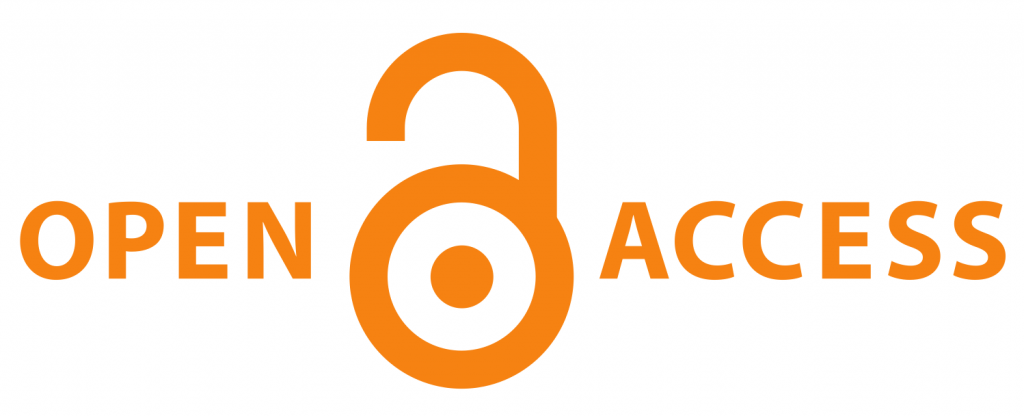Review on reflection of Ashtanga Yoga in Juvenile Delinquency
DOI:
https://doi.org/10.21760/jaims.10.3.21Keywords:
Juvenile Delinquency, Juveniles, Delinquents, Ashtanga YogaAbstract
Juvenile delinquency remains a significant social issue, with young individuals engaging in criminal activities due to various underlying factors such as family dynamics, socio-economic challenges, peer influence, and exposure to violence, etc. Despite a recent decline in juvenile crime rates, the need for effective prevention and rehabilitation strategies persists till date. This paper explores the potential of Ashtanga Yoga, as a holistic intervention to address juvenile delinquency. Yoga, with its structured eight-limb path, offers a framework for cultivating self-discipline, emotional regulation, and ethical behaviour in children and adolescents. Key components; Yama, Niyama, Asana, Pranayama, Pratyahara, Dharana, Dhyana and Samadhi plays transformative roles in mitigating delinquent behaviours. Thus, discusses how Ashtanga Yoga can support juveniles in overcoming their dangerous nature and empowering them to make positive behavioural changes and reintegrate into society.
Downloads
References
Sandhya DJ. Juvenile delinquency in India: An analysis of factors and policy implications. Int J Educ Mod Manag Appl Sci Soc Sci. 2023;5:107-12.
Park K. Park’s textbook of preventive and social medicine. 27th ed. Jabalpur, Pune (India): Banarsidas Bhanot; 2023. p. 665.
Hazarika J, Goswami D. Juvenile delinquency in India: Incidences and forecasting. IOSR J Math. 2020;16(4):37-42.
Park K. Park’s textbook of preventive and social medicine. 27th ed. Jabalpur, Pune (India): Banarsidas Bhanot; 2023. p. 665.
Park K. Park’s textbook of preventive and social medicine. 27th ed. Jabalpur, Pune (India): Banarsidas Bhanot; 2023. p. 665.
Youth in India Publication. 2022 [cited 2025 Apr 28]. Available from: https://mospi.gov.in/web/mospi/reports-publications
Data: NCRB data indicates that crimes committed by juveniles down 30% between 2013-2022. 2022 [cited 2025 Apr 28]. Available from: https://factly.in/data-ncrb-data-indicates-that-crimes-committed-by-juveniles-down-30-between-2013-2022/
Christopher C, Yogi VA. The Yoga Sutra of Patanjali: An analysis of the Sanskrit with accompanying English translation. 1st ed. Delhi (India): Sri Satguru Publications; 1990. p. 69.
Historical background of juvenile justice system India. Juvenile Delinquency - IJALR.
Juvenile delinquency [Internet]. 2022 [cited 2025 Apr 28]. Available from: https://www.sociologylens.in/2022/07/juvenile-delinquency.html
Park K. Park’s textbook of preventive and social medicine. 27th ed. Jabalpur, Pune (India): Banarsidas Bhanot; 2023. p. 665.
Juvenile delinquency [Internet]. 2022 [cited 2025 Apr 28]. Available from: https://www.sociologylens.in/2022/07/juvenile-delinquency.html
Sandhya DJ. Juvenile delinquency in India: An analysis of factors and policy implications. Int J Educ Mod Manag Appl Sci Soc Sci. 2023;5:107-12.
Shailza. Juvenile delinquency in India: Causes, prevention, and rehabilitation. Int J Adv Res Manag Soc Sci. 2022;11:111-28.
Patil S, Murthy KN, Rao MV. Management of juvenile delinquency through Ayurveda and Yoga. World J Pharm Res. 2014;3(8):189-202.
Christopher C, Yogi VA. The Yoga Sutra of Patanjali: An analysis of the Sanskrit with accompanying English translation. 1st ed. Delhi (India): Sri Satguru Publications; 1990. p. 69.
Rawat S, Kaushik A, Chetri S. Nadi sodhana pranayama: Unveiling the healing power within. J Geriatr Care Res. 2024;11(1).
Mahour J, Verma P. Effect of ujjayi pranayama on cardiovascular autonomic function tests. Natl J Physiol Pharm Pharmacol. 2017;7(4):391.
Dhaniwala NK, Dasari V, Dhaniwala MN. Pranayama and breathing exercises—types and their role in disease prevention & rehabilitation. J Evol Med Dent Sci. 2020;9(44):25-31.
Vialatte FB, Bakardjian H, Prasad R, Cichocki A. EEG paroxysmal gamma waves during Bhramari Pranayama: A yoga breathing technique. Conscious Cogn. 2009;18(4):977-88.
Bohat T, Singh S. Effectiveness of mindfulness-based interventions in reducing stress and anxiety amongst juvenile delinquents: A review. Indian J Health Wellbeing. 2020;11(4-6):159-63.
Ballard-Green DK. The use of meditation and yoga as a treatment tool for juvenile offenders in residential treatment centres for relapse prevention.
Sharma H. Meditation: Process and effects. AYU. 2015;36(3):233-7.















